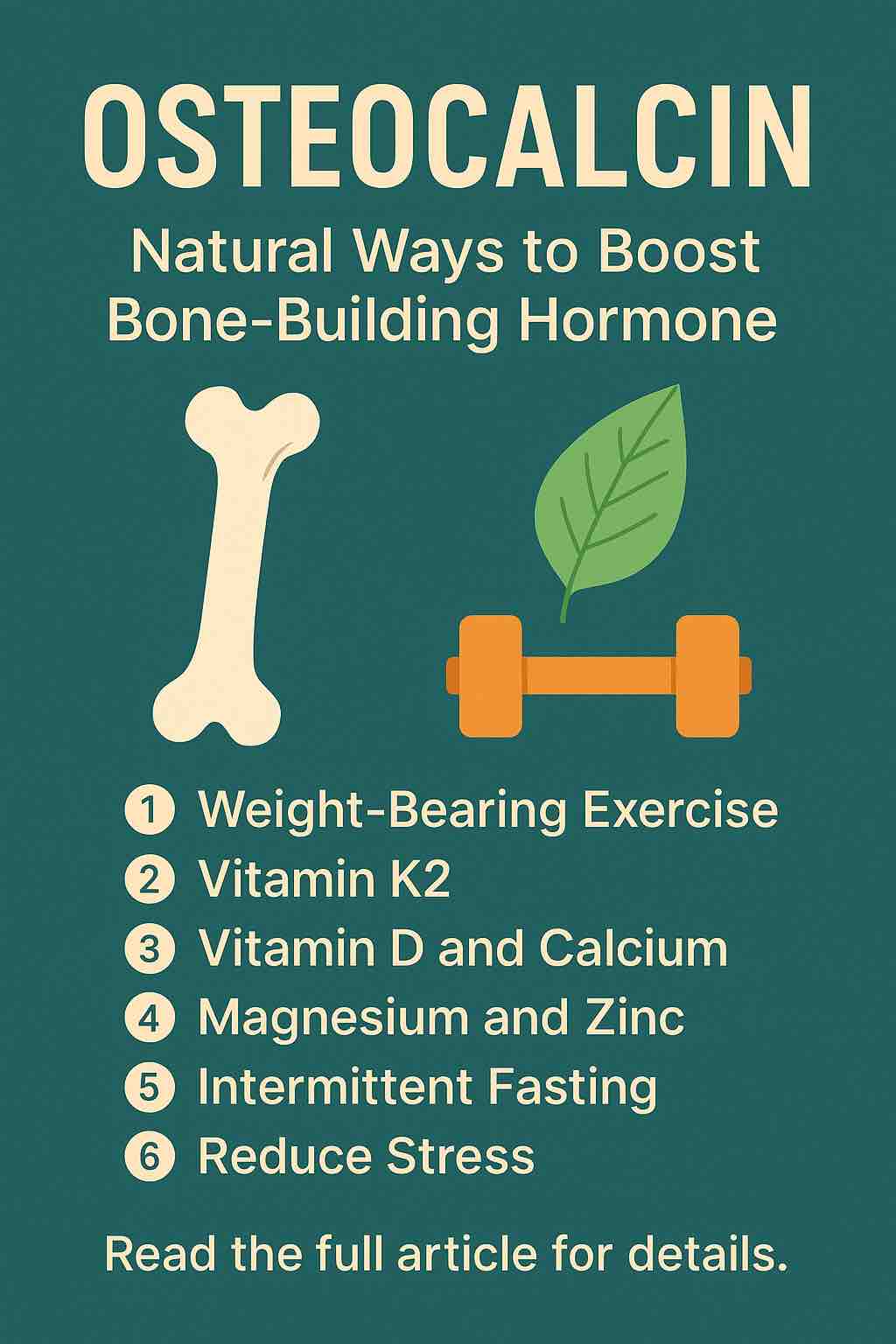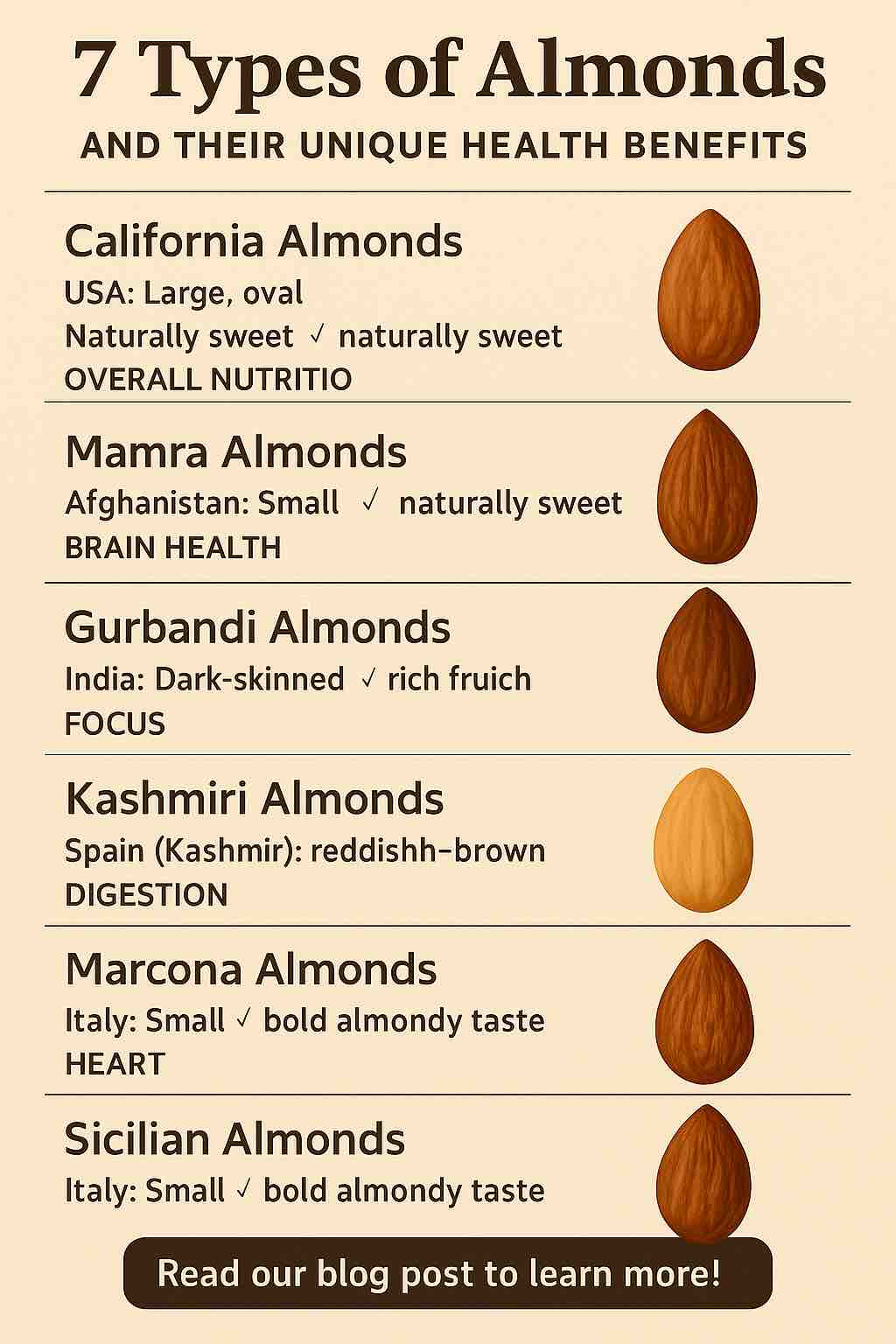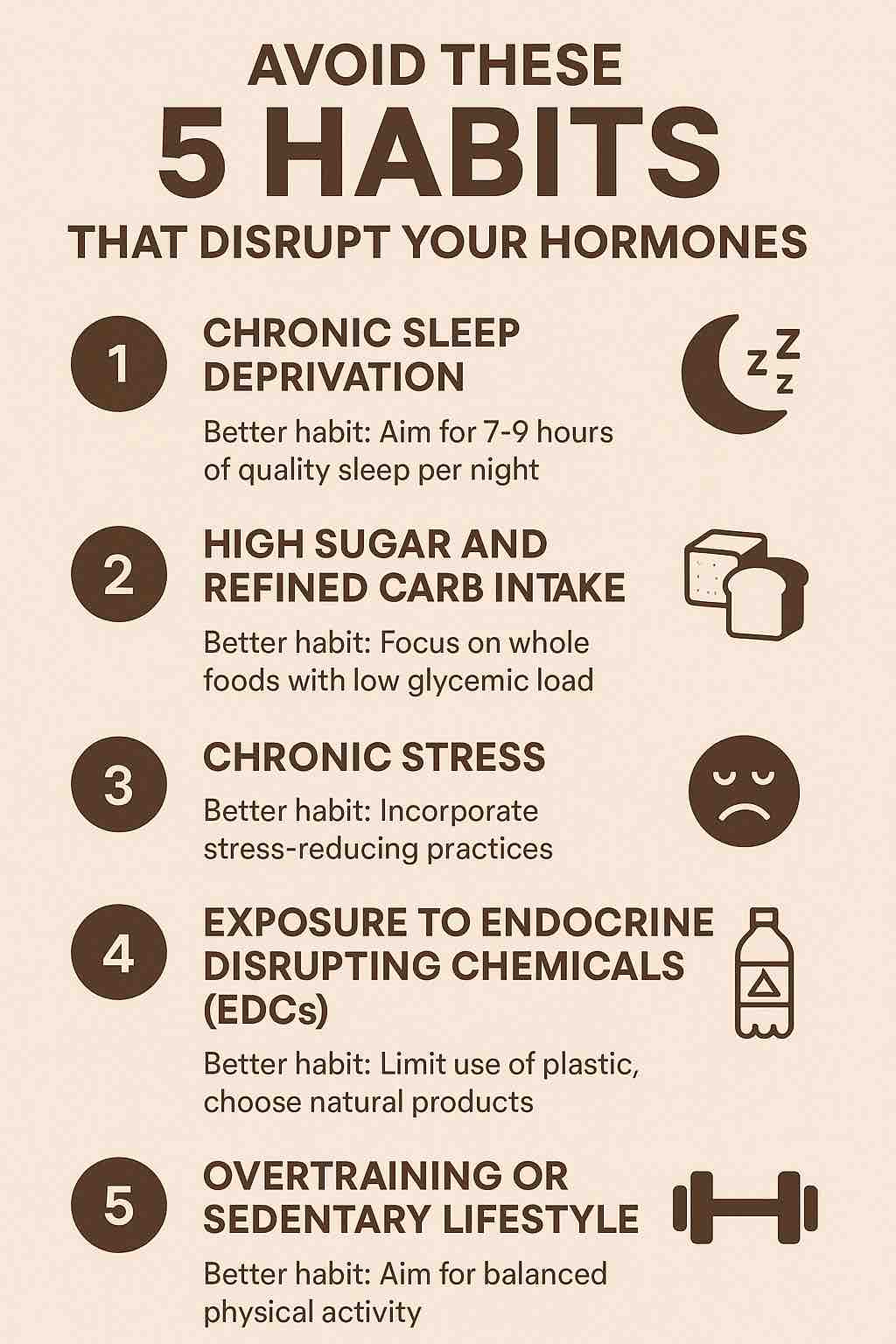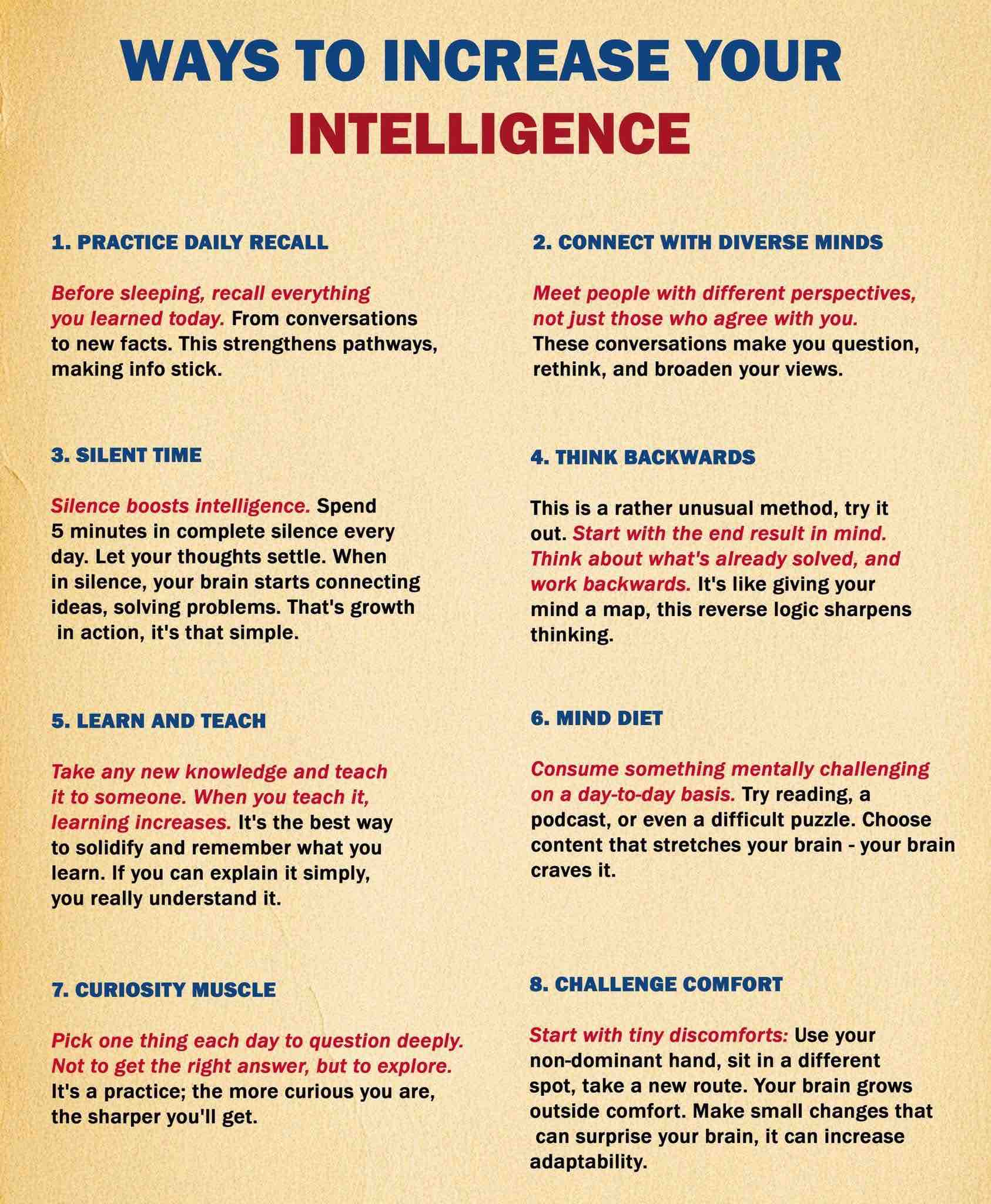
Chocolate: it’s indulgent, delicious, and comforting. For centuries, it has been a go-to treat for moments of sadness, stress, or simply the desire for something sweet. But can this beloved comfort food actually help treat depression?
As mental health continues to be a critical focus globally, researchers are increasingly exploring the connection between diet and mood. Among the foods under scientific scrutiny, dark chocolate is standing out for its potential psychological benefits. Recent clinical trials and research studies suggest that, when consumed in moderation, dark chocolate might do more than just lift your spirits temporarily – it could have measurable effects on mood and mental well-being.
The Chemistry Behind the Comfort
Chocolate, especially dark chocolate, is packed with biologically active compounds that may influence mood:
- Flavanols: These are potent antioxidants found in cocoa that exhibit anti-inflammatory properties and improve blood flow to the brain. Some studies suggest flavanols may enhance neuroplasticity – the brain’s ability to adapt and form new connections, which is often impaired in depression.
- Phenylethylamine (PEA): Often dubbed the “love chemical,” PEA can trigger feelings of attraction and euphoria. While it’s quickly metabolized in the body, its presence in chocolate may still contribute to a brief mood boost.
- Tryptophan: This amino acid is a precursor to serotonin, the neurotransmitter associated with feelings of well-being. Although chocolate contains only small amounts, it could have a cumulative effect when combined with other dietary sources.
- Theobromine and Caffeine: Mild stimulants that can increase alertness and mood, though their effects are modest compared to coffee or energy drinks.
- Dopamine and Endorphin Release: The sensory pleasure of eating chocolate can stimulate reward centers in the brain, releasing dopamine and endorphins that enhance a sense of happiness.
Recent Research and Clinical Trials
Let’s look at some recent studies that are shining new light on the chocolate-depression link:
🍫 85% Dark Chocolate and Mood Enhancement
A 2023 randomized controlled trial found that consuming 30g of 85% dark chocolate daily significantly improved mood states in healthy adults. The researchers also discovered increased gut microbial diversity, suggesting that chocolate may positively affect the gut-brain axis – a critical pathway in mood regulation.
🍩 Chocolate and Menopausal Depression
Another study examined menopausal women who consumed 10g of 78% dark chocolate daily over eight weeks. Results showed a notable reduction in depression scores, highlighting chocolate’s potential role in mood management during hormonal transitions.
🧑💻 Cocoa Flavanols and Stress Recovery
A third study investigated how cocoa flavanols affect the body’s response to stress. Participants who consumed high-flavanol cocoa drinks showed better vascular recovery and reduced endothelial dysfunction post-stress, indicating not only cardiovascular but also possible psychological benefits.
The Gut-Brain Axis: Chocolate’s Secret Weapon?
One of the most intriguing theories behind chocolate’s mood-boosting properties involves the gut-brain axis. The gut microbiome, often referred to as our “second brain,” plays a crucial role in mental health. Certain types of dark chocolate appear to support the growth of beneficial gut bacteria, which may in turn influence neurotransmitter activity and inflammation levels in the brain. This emerging field of psychobiotics is rapidly gaining traction and may be key to understanding how what we eat affects how we feel.
Should You Start Eating Chocolate for Your Mood?
While these findings are promising, it’s essential to approach chocolate consumption mindfully:
- Moderation is vital: A small daily portion of high-cocoa dark chocolate (70% or more) appears to be most effective.
- Watch the sugar content: Milk chocolate and sweetened varieties may provide temporary pleasure but can lead to energy crashes and weight gain.
- Not a substitute for treatment: Depression is a complex medical condition that requires professional care. Chocolate should be seen as a complementary approach, not a primary solution.
Final Thoughts
The idea that something as enjoyable as chocolate could contribute to better mental health is both heartening and exciting. While it’s not a miracle cure, the growing body of scientific evidence suggests that dark chocolate, in moderation, might offer real mood benefits. As research continues to evolve, chocolate lovers may find even more reason to savor each square of the dark, rich delight – not just for its taste, but for the potential mental health boost it provides.
So next time you reach for a piece of dark chocolate, you might just be doing something good for your brain as well as your taste buds.
Disclaimer: This article is for informational purposes only and does not constitute medical advice. Always consult with a qualified healthcare provider for diagnosis and treatment of any mental health condition.
FAQs: Chocolate and Depression
- Can eating chocolate really help with depression?
Dark chocolate may help improve mood due to compounds like flavanols and tryptophan, but it is not a standalone treatment for depression. - What type of chocolate is best for mood enhancement?
Dark chocolate with at least 70% cocoa content is most effective due to its higher levels of beneficial compounds like flavanols. - How much dark chocolate should I eat to see benefits?
Studies suggest small amounts—about 10–30g per day—may be beneficial without excessive sugar or calorie intake. - What are cocoa flavanols and why are they important?
Cocoa flavanols are antioxidants that improve blood flow to the brain and reduce inflammation, potentially supporting mood and cognitive function. - Can chocolate replace antidepressants or therapy?
No. Chocolate can complement mental health strategies but should never replace professional medical treatment. - Is milk chocolate helpful for depression too?
Milk chocolate contains lower cocoa content and more sugar, which may undermine its benefits and contribute to mood crashes. - How does chocolate affect the gut-brain axis?
Dark chocolate may support gut health by promoting beneficial bacteria, which in turn may influence mood through the gut-brain connection. - Are there any risks associated with eating chocolate for mood?
Overconsumption can lead to weight gain, sugar crashes, and other health issues, so moderation is key. - Can chocolate help with stress as well as depression?
Yes, some studies suggest dark chocolate aids in stress recovery and improves vascular response to stress. - Is there any scientific proof that chocolate improves mood?
Recent clinical trials support chocolate’s mood-boosting potential, especially in specific populations like menopausal women or under stress.













